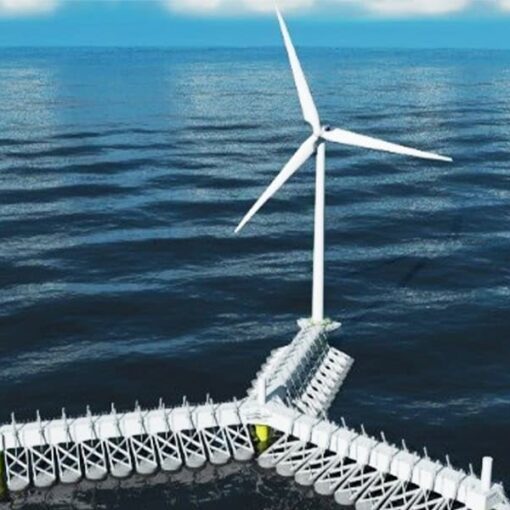Q COSTARICA — The Costa Rican economy is advancing at two speeds. While the special regime and free trade zones are driving growth, local production—which represents 85% of GDP—is showing worrying stagnation, according to the Second Macroeconomic Projections Report 2025 from the International Center for Economic Policy for Sustainable Development at the National University (UNA).
The study, presented last week, projects GDP growth of 3.1% for 2025, driven by advanced manufacturing and high-tech services.
However, it warns that the traditional economy, which includes agriculture, construction, and trade, continues to lag. Therefore, it could widen the gap with the special regime in the coming years if measures are not taken.
This lag occurs in a context of inflation below the Central Bank’s target range (2%-4%), which keeps interest rates low and favors private consumption and investment.
However, the institution warns that tax revenues are growing more slowly than GDP and that tax collection has lost momentum, especially in income and VAT.
This situation puts pressure on the primary surplus, limiting the State’s ability to invest in infrastructure or programs that stimulate the domestic economy and close the gap between the special and definitive regimes.
The report is clear: Costa Rica’s growth increasingly depends on free trade zones, while the economy that generates most of the jobs for the national population is weakening.
For researchers, the great challenge is to reactivate the engine of local production and ensure that growth is more balanced and inclusive, generating greater employment opportunities for all sectors of the population.
Source link
Rico


